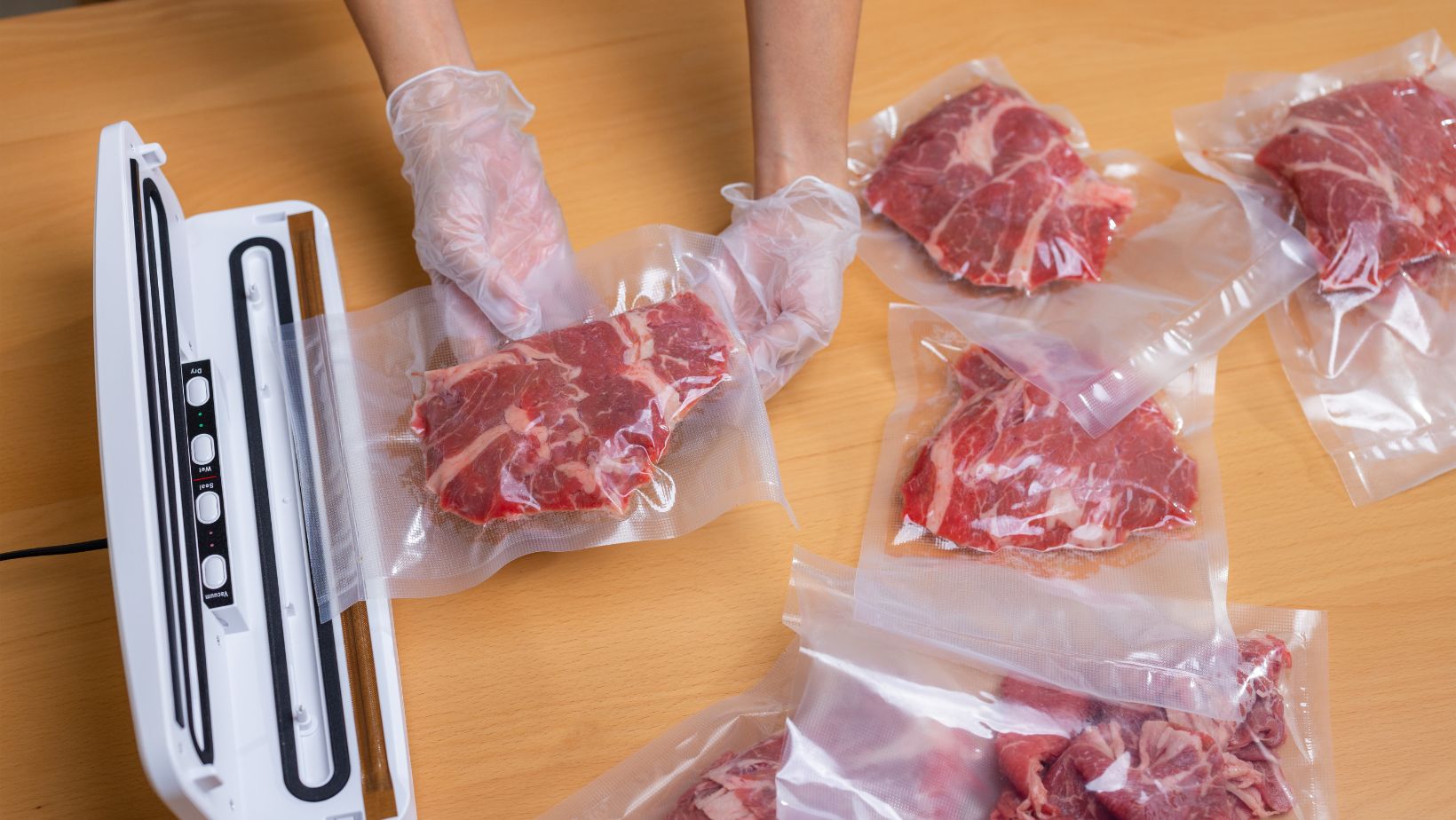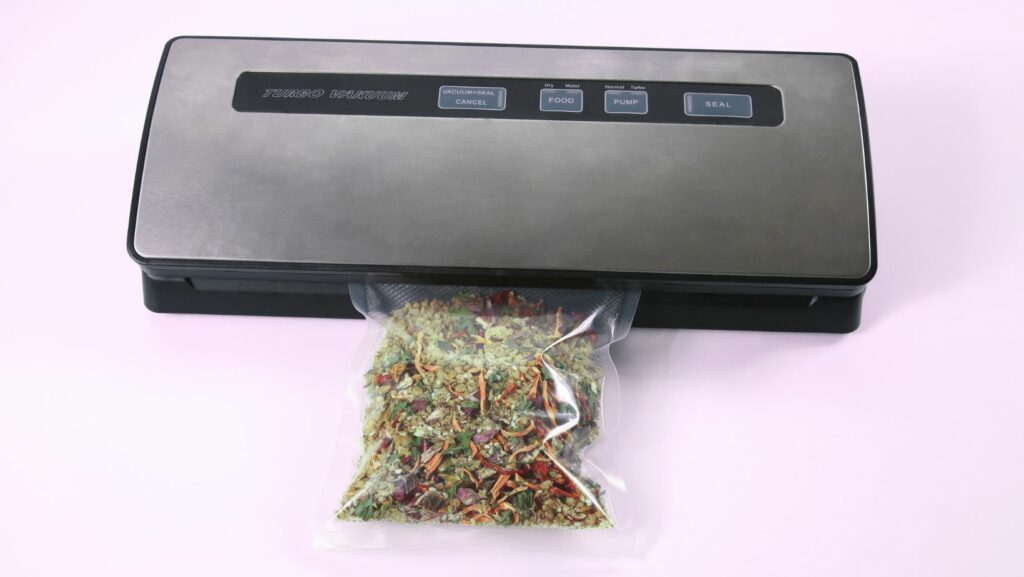Table of Contents
ToggleWhy Is My Vacuum Sealer Not Vacuuming
Having trouble with your vacuum sealer not vacuuming? It can be frustrating when your appliance doesn’t perform as expected. But don’t worry, I’m here to help shed some light on the possible reasons behind this issue.
One potential reason why your vacuum sealer might not be vacuuming is a faulty sealing strip. Over time, the sealing strip can become worn out or damaged, causing air to leak into the bag instead of being removed. Inspect the sealing strip for any signs of wear and tear or debris that may be interfering with its functionality. If necessary, replace the sealing strip to ensure a proper vacuum seal.
Another common culprit could be an inadequate amount of suction power. Check if there are any clogs in the hose or nozzle that might be obstructing airflow. Clean out any debris or blockages you find and try again. Additionally, make sure that the bags you’re using are compatible with your specific model and are properly positioned within the machine.
If none of these solutions seem to resolve the issue, it’s possible that there may be a malfunction with the internal components of your vacuum sealer. In such cases, it’s best to consult the manufacturer’s instructions or contact customer support for further assistance.
Remember, troubleshooting appliances can sometimes involve trial and error, so don’t get discouraged if one solution doesn’t work right away. Stay patient and persistent in identifying and resolving the problem with your non-vacuuming vacuum sealer.

Possible Causes of Vacuum Sealer Malfunction
If you’re wondering why your vacuum sealer is not vacuuming properly, there could be several potential causes for this issue. Let’s explore some possible reasons behind the malfunction:
- Sealing Bar Misalignment: One common cause of a vacuum sealer failing to create a proper vacuum is a misaligned sealing bar. This can happen if the bar is not securely locked in place or if it has shifted over time. Check the alignment of the sealing bar and ensure that it is properly positioned.
- Insufficient Vacuum Pressure: Another reason for your vacuum sealer’s poor performance could be insufficient vacuum pressure. If the machine lacks enough power to generate a strong suction, it may struggle to remove all the air from the bag. Make sure that the machine is plugged into a reliable power source and check its settings for any adjustments that can increase the vacuum pressure.
- Damaged Sealing Strip: A damaged or worn-out sealing strip can also lead to ineffective vacuuming. Over time, these strips can become brittle or develop cracks, compromising their ability to create an airtight seal. Inspect the sealing strip carefully and replace it if necessary.
- Bag Placement Issues: Improper placement of bags can result in incomplete vacuuming as well. Ensure that you are correctly positioning the bag within the sealer’s chamber, making sure it lies flat and without any wrinkles or folds that could interfere with proper suction.
- Clogged Air Intake Filter: A clogged air intake filter can restrict airflow and impede effective vacuuming performance. Regularly clean or replace your machine’s air intake filter according to manufacturer instructions.
- Vacuum Pump Problems: In some cases, malfunctioning components such as a faulty vacuum pump may be responsible for subpar performance in your sealer unit. If you’ve exhausted all other troubleshooting steps without success, it may be worth contacting the manufacturer or a professional technician for further assistance.
Remember, these are just some potential causes of vacuum sealer malfunction. It’s important to consult your specific machine’s user manual for troubleshooting guidance and reach out to the manufacturer for support if needed. By addressing these issues, you can increase the chances of resolving the problem and getting your vacuum sealer back on track.

